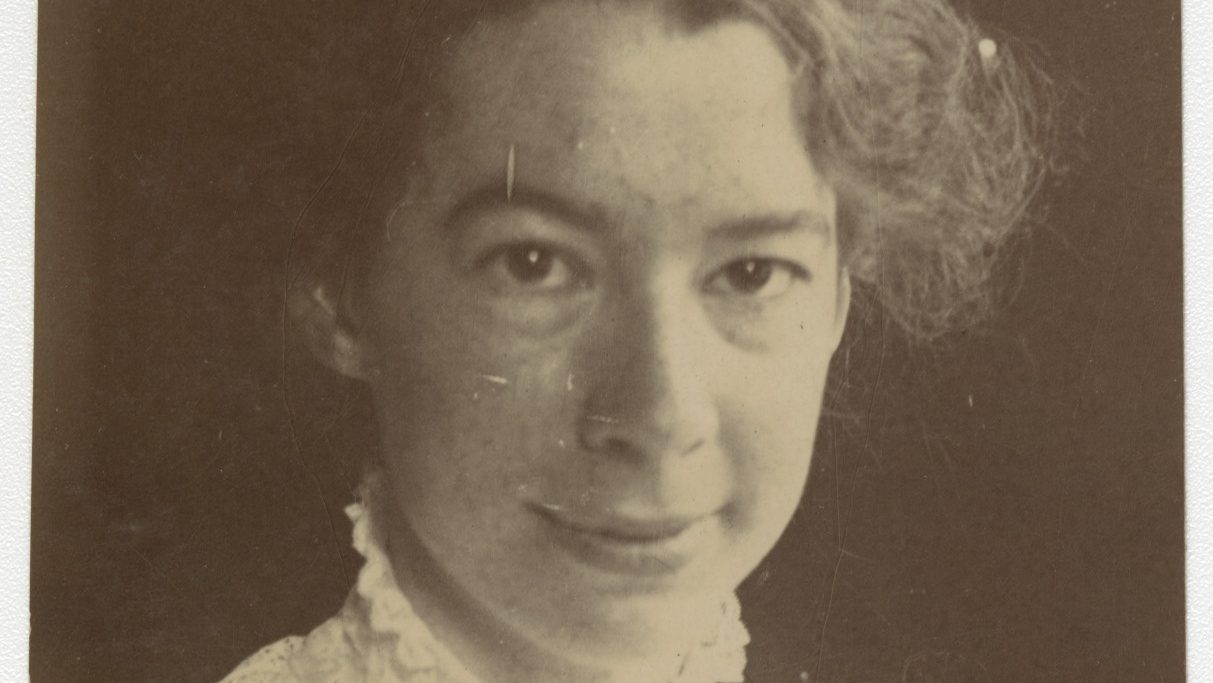Introduction
Sara Teasdale (1884–1933) was an American lyric poet whose delicate style and emotional honesty captured the shifting sensibilities of the early twentieth century. Known for her musical verse and her themes of love, beauty, and mortality, Teasdale brought a voice of deep introspection and grace to American poetry during a time of cultural transformation. Her work bridges the romantic ideals of the nineteenth century with the emotional precision of modernism.
Early Life and Education
Teasdale was born in St. Louis, Missouri, to a comfortable middle-class family that valued refinement and moral discipline. She was often sick as a child, and her long periods of isolation cultivated a reflective temperament and a love of books. Her early exposure to poetry inspired her to write at a young age, and her verses soon appeared in local magazines.
She attended Mary Institute and Hosmer Hall, a private school for girls in St. Louis, where she developed her literary ambitions. Through her connection to the St. Louis literary circle surrounding Reedy’s Mirror, she began publishing professionally. Her debut collection, Sonnets to Duse and Other Poems (1907), introduced her lyrical voice and fascination with idealized love.
Literary Career and Major Works
Teasdale’s reputation grew rapidly with the publication of Helen of Troy and Other Poems (1911), a collection that merged classical imagery with romantic yearning. Her clear diction and musical rhythm distinguished her from many of her contemporaries. The success of Love Songs (1917) brought her national acclaim, earning both the Columbia University Poetry Society Prize (later known as the Pulitzer Prize for Poetry) and the Society of Arts and Sciences Gold Medal.
Her poetry often centered on the emotional lives of women — the joys and sorrows of love, the tension between passion and restraint, and the solace of nature. In later works such as Flame and Shadow (1920) and Dark of the Moon (1926), her tone grew more introspective and tinged with melancholy, reflecting her personal struggles with isolation and depression.
Style, Themes, and Influence
Teasdale’s verse is marked by simplicity, musical rhythm, and clarity of expression. Her short lines and controlled structure mirror the intimacy of her subjects. She often drew upon natural imagery — stars, rain, twilight — to evoke emotional states with subtle precision. Her recurring themes include the impermanence of love, the beauty of fleeting moments, and the quiet persistence of the human spirit.
Though sometimes dismissed by critics as sentimental, Teasdale’s work endures because of its emotional authenticity and refined craft. Her honesty in confronting desire, loneliness, and spiritual longing paved the way for later confessional poets such as Edna St. Vincent Millay and Sylvia Plath, who expanded upon the emotional terrain she first mapped with delicacy and restraint.
Later Life and Legacy
Teasdale’s later years were shadowed by declining health and emotional hardship. Her marriage to businessman Ernst Filsinger ended in divorce, and she withdrew increasingly from public life. Despite her success, she felt isolated from the modernist movements that came to dominate the literary world. In 1933, struggling with poor health and depression, she took her own life in New York City.
Yet Teasdale’s influence persisted. Her poems continued to be widely anthologized and admired for their lyrical grace. Her ability to convey profound emotion in concise, melodic language remains a hallmark of early twentieth-century American poetry.
Notable Works
Among Teasdale’s most enduring works is Love Songs (1917), which secured her place in American literary history and earned her multiple awards for its musical expression of love and longing. Helen of Troy and Other Poems (1911) demonstrates her fascination with myth and beauty, while Flame and Shadow (1920) reveals a more somber maturity.
Individual poems such as “There Will Come Soft Rains,” “I Am Not Yours,” “The Kiss,” and “The Look” showcase her ability to blend tenderness with philosophical depth. “There Will Come Soft Rains,” in particular, has achieved lasting fame for its haunting reflection on nature’s indifference to human conflict.
Together, her works trace an emotional evolution from idealized love to spiritual resignation, capturing the timeless interplay between passion, fragility, and the enduring search for meaning.




